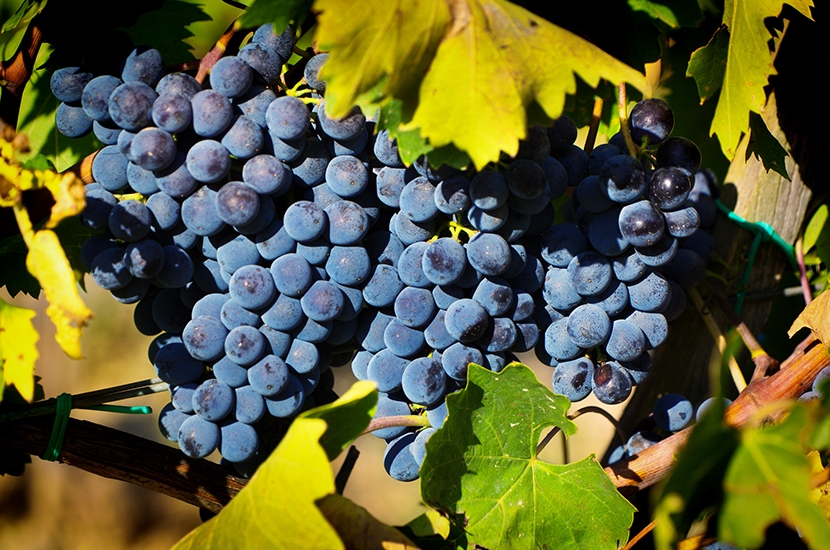Three bottles, three questions that delivered three different answers. I was in Dorset — cannot keep away — enjoying the Indian summer while cursing the government’s ineptitude. As always, we ate well. I believe that those of us said to be at risk are supposed to bulk up. I did so with the aid of La Ratte potatoes, outstanding waxy spuds, even if they are French. Although many Frogs affect to despise the potato as an Anglo-American interloper, they do know how to grow it when they try. But the pièce de résistance, among several rivals, was carpaccio of halibut. I would aver that there is no finer fish to prepare in that way.
Young Arthur, not quite five, tucked in with relish. No one has told him, nor ever would, that there is ‘food’ and ‘kiddies’ food’. It was explained to him that a halibut has been known to weigh as much as 500lb. ‘How big is that?’ he asked, looking intently at me. Cheeky little monkey.

With all this, we drank a lot of summer wine, but there was also an experiment. Brunello di Montalcino is generally reckoned to be a short-lived wine. That said, the cellars of the Quirinale, a former papal palace which has now come down in the world and is used by presidents of Italy, have yielded Brunellos from the late 19th century which were still excellent. Perhaps they had been blessed by the vinous equivalent of the odour of sanctity. Less sanctified, we made do with a 2002 from Sesti. Would it have survived? We decided to open and pour rather than risk delay and a decanter. That seemed the correct call. The wine was a bit brown. Though it was perfectly balanced, the tannins seemed to be fading. But it firmed up. Right up to the last mouthful, there was no hint of it falling apart. There probably would have been within the next hour but, if not quite at Quirinale levels, this was a delightful wine, with all the characteristic Brunello charm.
The talk accompanying the next bottle took me a long way from Dorset. Serious big-game hunters regard the Cape buffalo as the most dangerous of the big five animals. If wounded or missed, most of the others (lion, leopard, rhinoceros, elephant) would probably run away. The buffalo will pursue vengeance until it is stopped. It can take some stopping.
My friend Simon is a financial expert, oenophile and hunter. He came back from Africa with a magnificent buffalo head. But his memsahib would not have it in the house. So it now hangs in savage splendour in the coffee room of Buck’s: no more appropriate location. Meanwhile, we addressed a Lafleur. This is a rare wine from a tiny property — just over ten acres — in Pomerol, just opposite Pétrus. The yields are small: the devotion to expertise and terroir is unsurpassed. I have heard people whose judgment I trust claim that it is as good as the famous neighbour.
The Vega Sicilia was as fine as anything Spanish I have ever drunk
It is certainly a wine of the highest quality. Half Merlot, half Cabernet Franc, it is intensely perfumed with a depth of fruit and a power of tannin. We were drinking a 1994 and we concluded that it was not yet at its peak and that we would like to try it at the end of the century. We followed with a 2004 Yquem: a perfect sequel and an ideal lunchtime Yquem.
The final glass was a 2014 Vega Sicilia, courtesy of Javier Hidalgo of Hispania restaurant and of my friend Eduardo Barrachina, chairman of the Spanish Chamber of Commerce in London, an Anglophile and a devoted ambassador for his country. The wine is easily described: as fine as anything Spanish that I have ever drunk. During the war, Churchill drank a lot of Vega Sicilia at the Spanish embassy with the Duke of Alba. Has any ambassador to the UK ever borne a greater name? In those difficult years, the wine helped to strengthen Anglo-Spanish understanding. It still does.






Comments